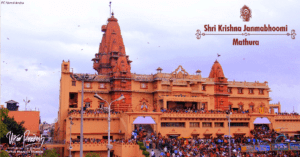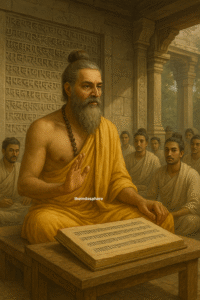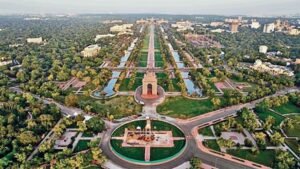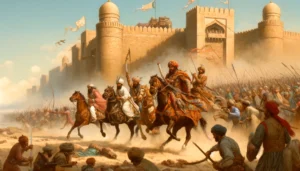When we think of ancient Indian capitals, names like Pataliputra, Ujjain, or Kannauj come quickly to mind. Yet tucked away in the fertile valley of the Kabul River once stood another city — Purushapura (modern-day Peshawar, Pakistan), the shining jewel of the Kushan Empire. At its height in the 2nd century CE under Kanishka the Great, Purushapura rivaled the world’s great capitals, a city where merchants, monks, and artisans converged, and where Buddhism blossomed into a truly global faith.
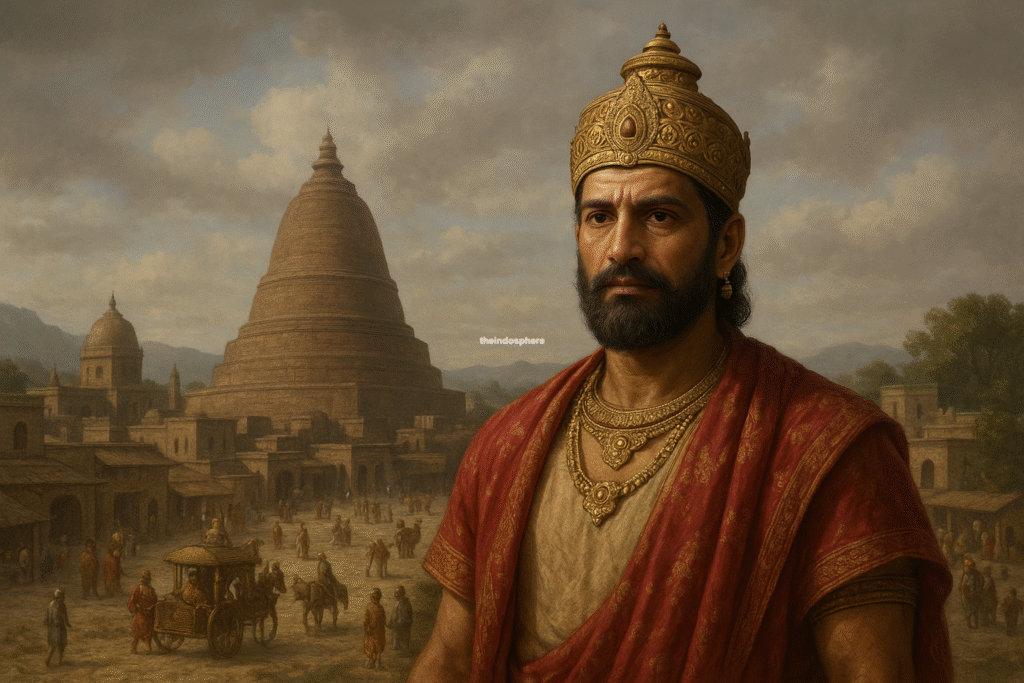
The Making of a Capital
The Kushans were nomads turned emperors, and when they pushed into the northwestern frontiers of India, they needed a city that could anchor their vast empire. Purushapura, located strategically on the Gandhāra plains, was perfect. It lay at the crossroads of trade routes linking Central Asia, Bactria, Kashmir, and the Indian heartland.
The city’s name, “Purushapura,” literally means “City of Men.” By the time of Kanishka I (127–150 CE), it was transformed from a provincial hub into the imperial capital. From here, the Kushans ruled an empire that stretched from Central Asia to the Ganges basin.
The Kanishka Stupa: Wonder of the Ancient World
The crowning glory of Purushapura was the Great Stupa of Kanishka. According to the Chinese pilgrims Faxian (5th c. CE) and Xuanzang (7th c. CE), the stupa was one of the tallest structures of the ancient world — rising perhaps 600–700 feet high, encased in gilt copper, dazzling in the sun.
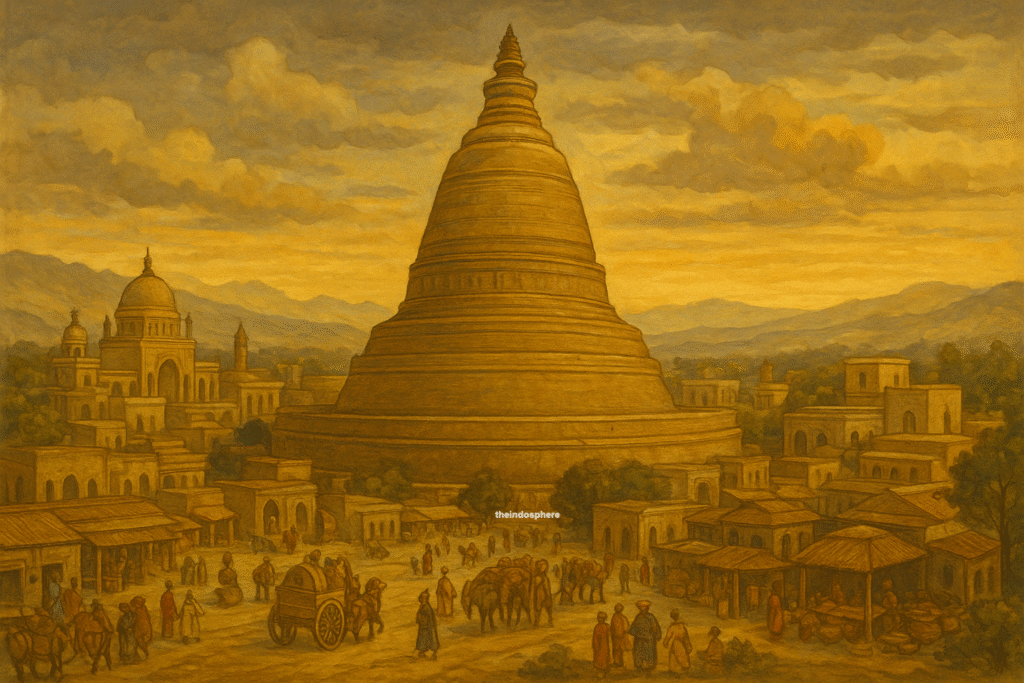
It was not just an architectural marvel but also a religious beacon. The stupa housed Buddha relics, turning Purushapura into a pilgrimage destination for devotees from across Asia. Monks traveled from China, Central Asia, and Southeast Asia to see this wonder, making the city a hub of the Buddhist world.
A Melting Pot of Faiths and Cultures
Purushapura was never just a Buddhist city. Inscriptions, coins, and sculptures show a plural religious landscape. The Kushan kings minted coins depicting not only the Buddha but also:
- Shiva and Skanda (Hindu deities)
- Mithra and Atar (Iranian-Zoroastrian gods)
- Helios and Selene (Greek sun and moon deities)
This cosmopolitan pantheon reflected the empire itself — a fusion of Indian, Iranian, and Hellenistic traditions.
The Artistic Explosion
Purushapura was also the center of the Gandhāra school of art, which blossomed under Kushan patronage. Local artisans, trained in Hellenistic techniques, created lifelike images of the Buddha and Bodhisattvas. Draped robes, curly hair, serene expressions — these were Buddhas with a touch of Apollo.
At the same time, workshops in Mathura developed a parallel art style. Together, these centers created an iconographic revolution: the Buddha in human form, which became the standard across Asia.
Buddhism Goes Global
From Purushapura, Buddhism radiated outward like never before. Kanishka is credited with convening the Fourth Buddhist Council in Kashmir, a moment that formalized the doctrines of the Mahayana school.
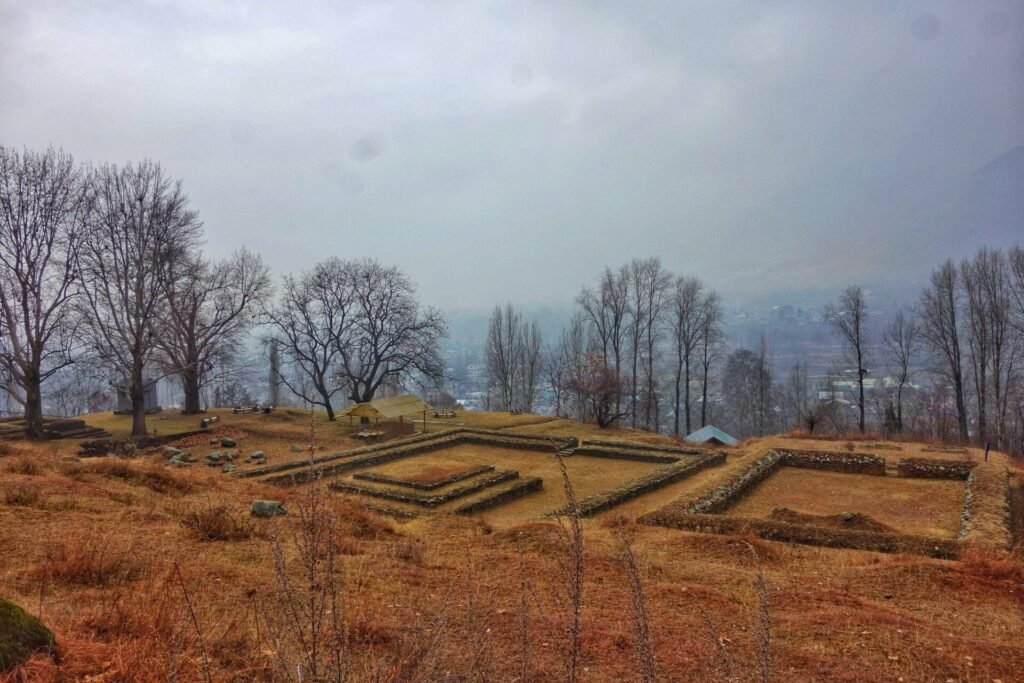
Missionaries supported by the Kushan court carried these texts and images into Central Asia, China, and beyond. The trade routes that flowed through Purushapura were not just commercial arteries but also spiritual highways. Without Purushapura, Buddhism might have remained confined to India. With it, the religion became truly global.
The City’s Decline
The fall of Purushapura came with the changing tides of empire. By the 4th century CE, the Kushans lost ground to the Sassanian Persians and later to the rising powers of the Guptas and the White Huns (Hephthalites). The great stupa still stood for centuries, but invasions, earthquakes, and time eventually reduced it to ruins.
By the time Xuanzang visited in the 7th century, Purushapura had faded, though the memory of its monuments remained alive in Buddhist imagination. Today, little remains of the city’s glory; modern Peshawar has grown over it. But the legacy of Purushapura endures in Buddhist art, in Mahayana thought, and in the story of Kanishka’s empire.
Legacy
Purushapura was more than just a Kushan capital — it was a civilizational hub, a place where trade, art, and religion converged. Like Alexandria in Egypt or Chang’an in China, it symbolized a cosmopolitan world where East met West. And while its stupa no longer towers over the plains, its influence can still be felt in Buddhist temples from Japan to Tibet.


